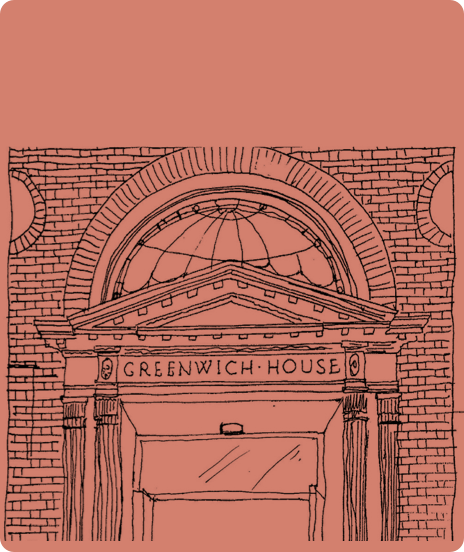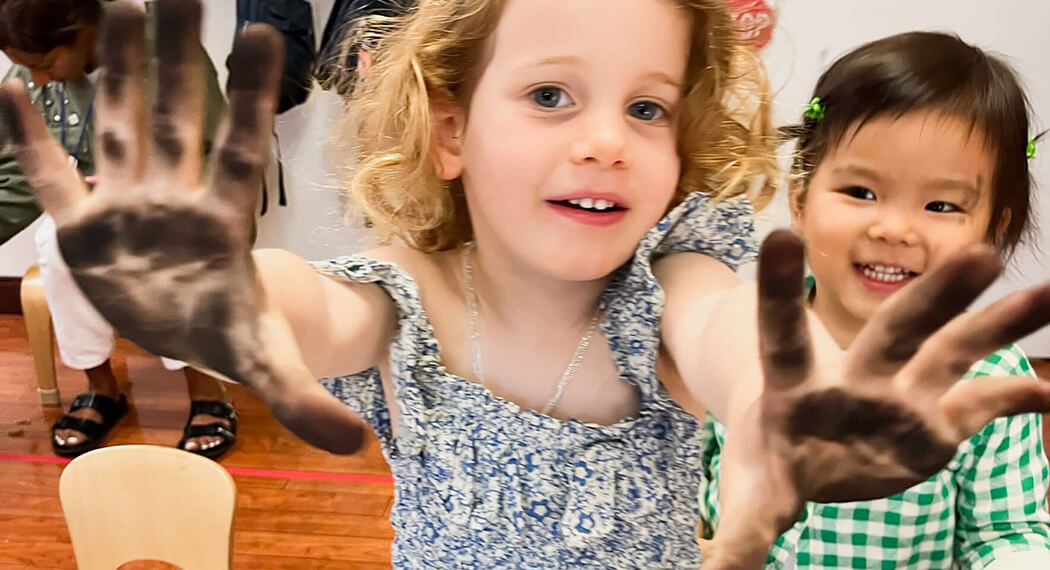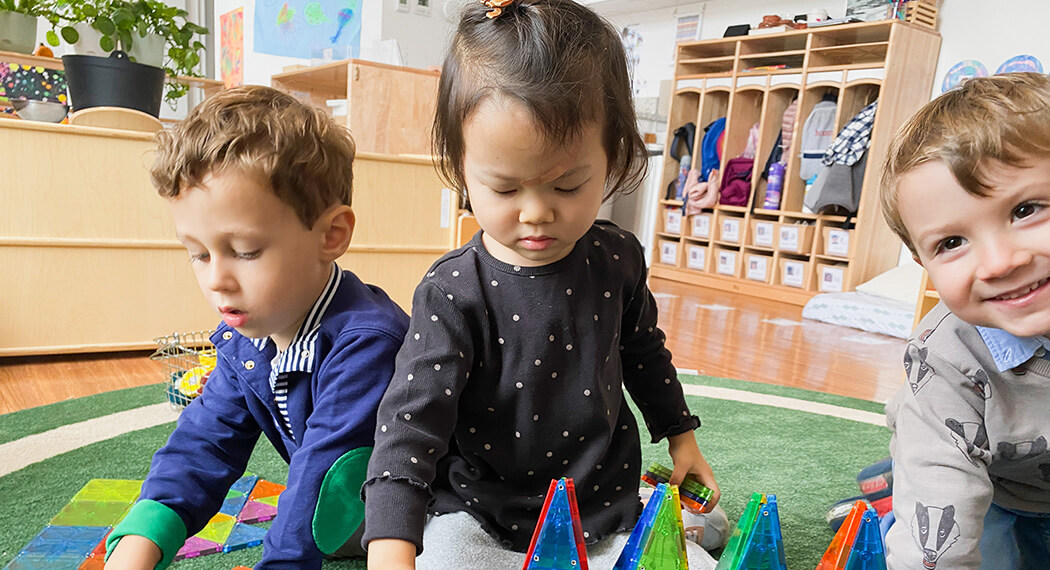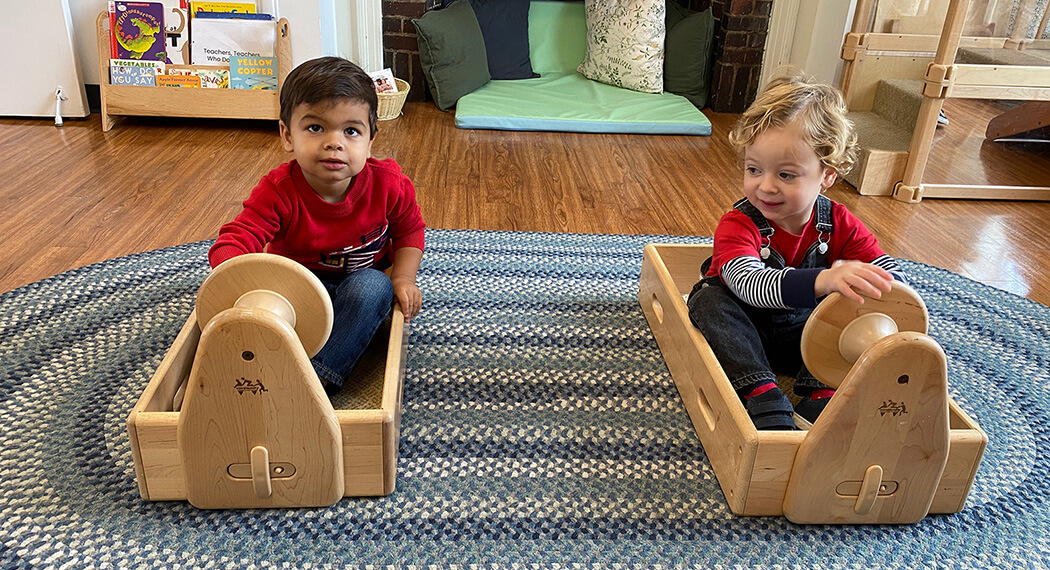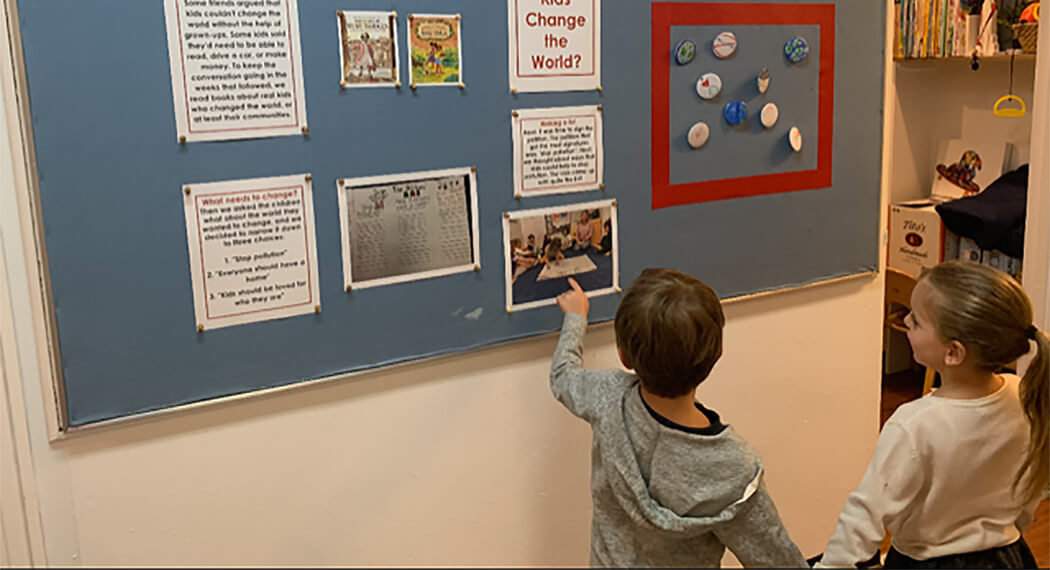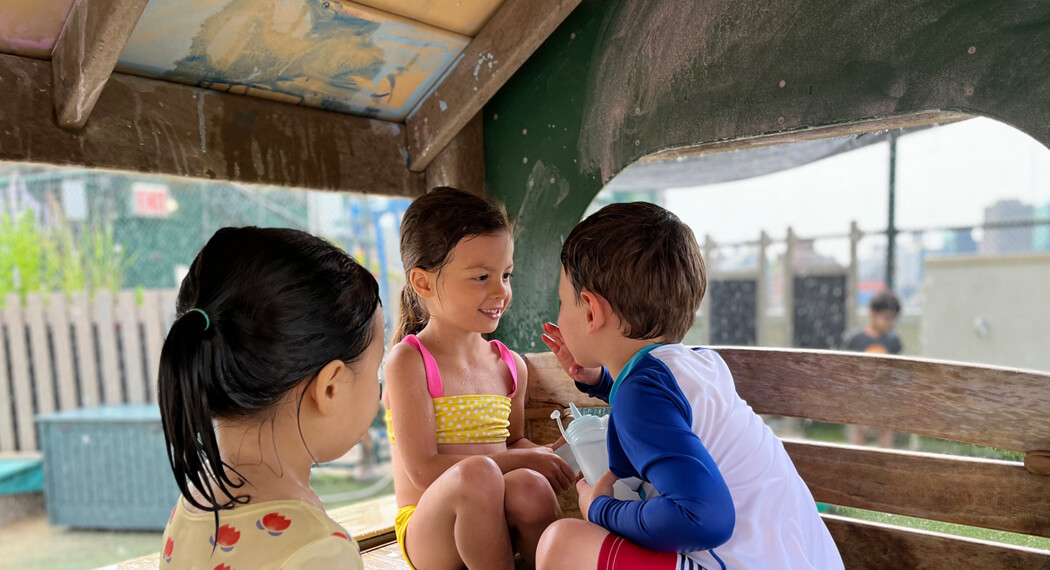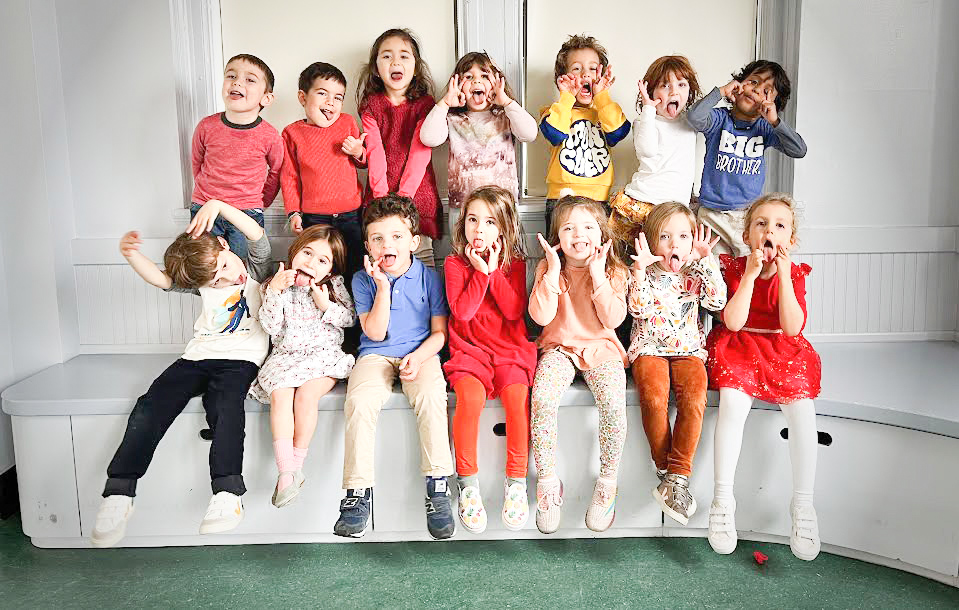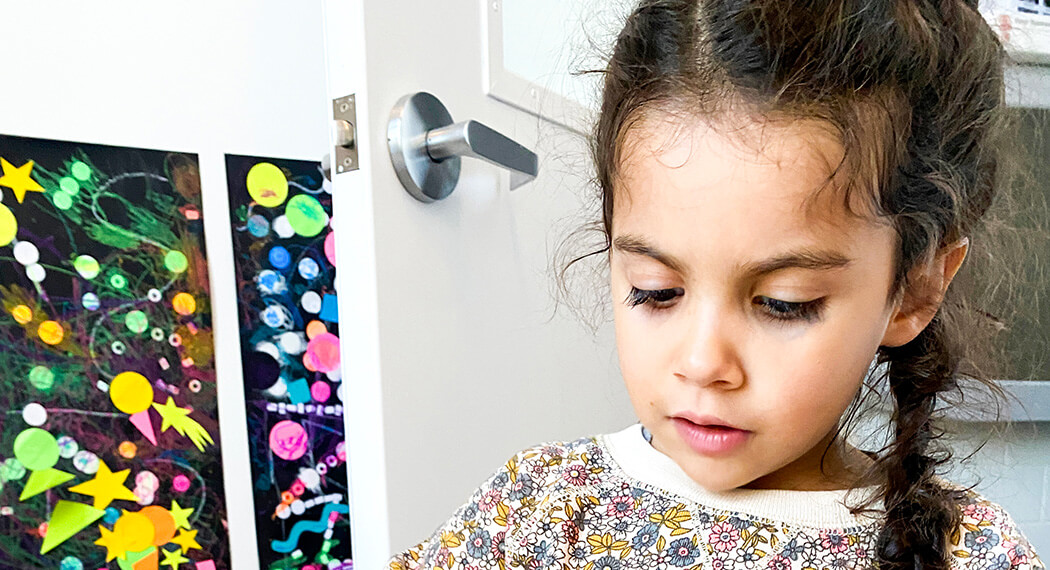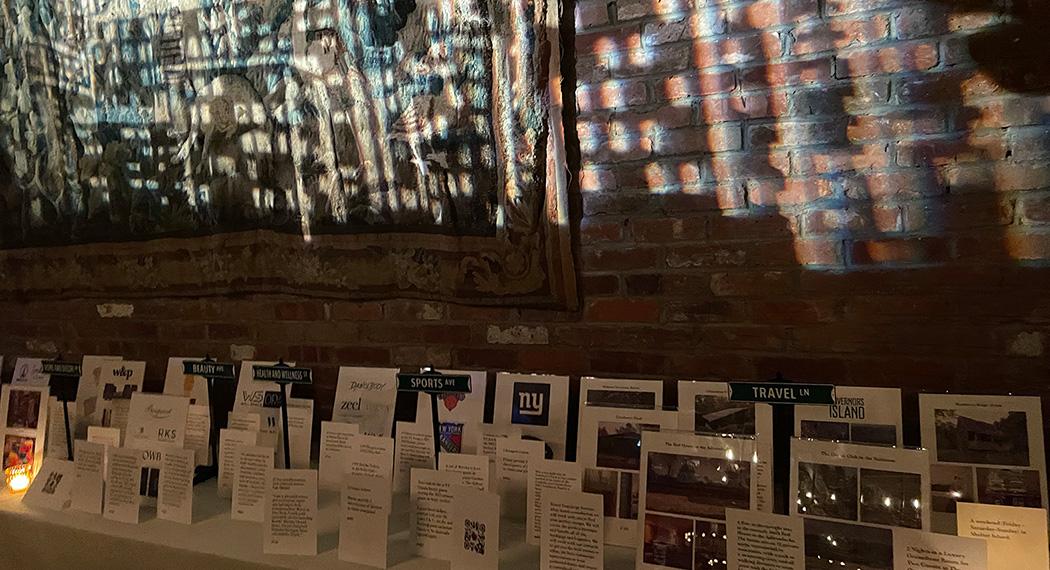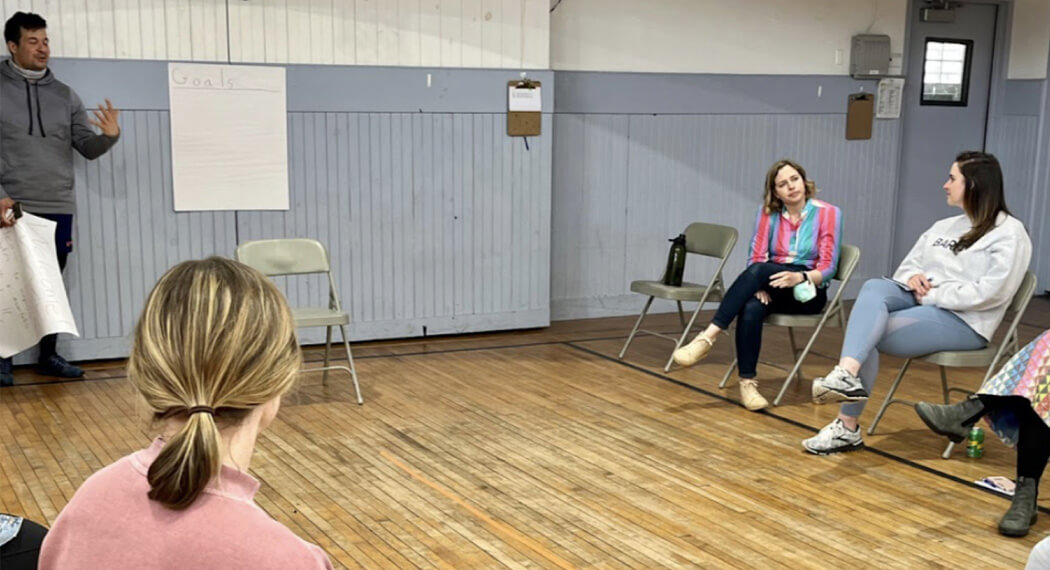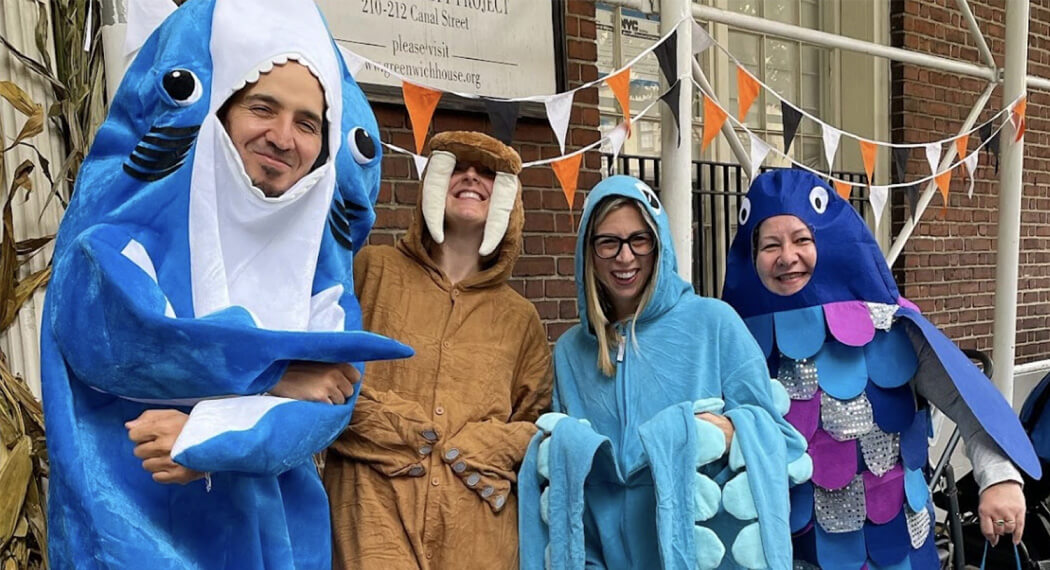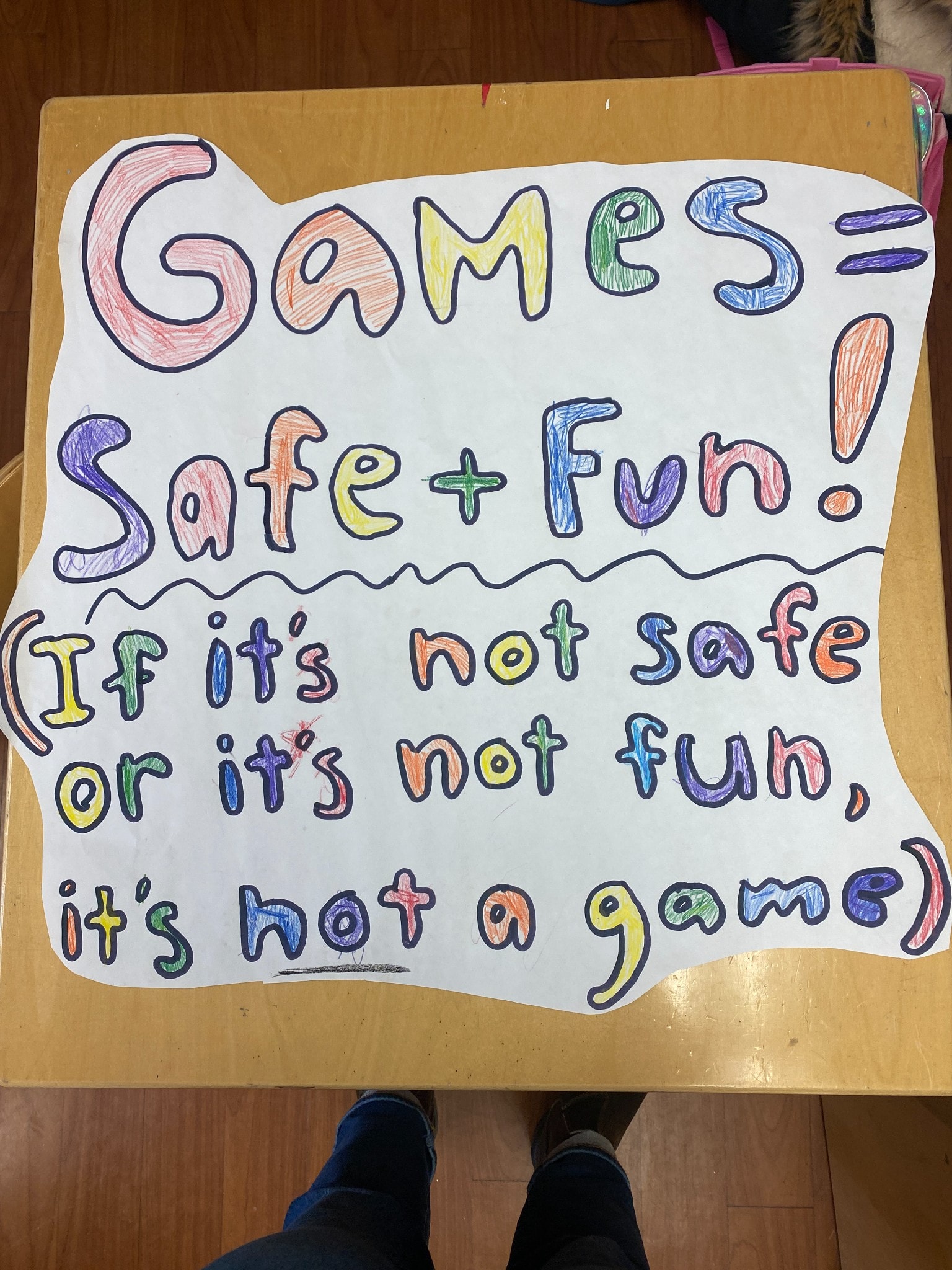Big body season is upon us!
What is big body season, you might ask?
Big body season is that special time of year when some of our kids have cabin fever and seem to want to chase, catch, tackle and wrestle a bit more than usual. It’s not something that comes up with every child, but when you put 16 children in a room, we see an increase in this “big body”, or “rough and tumble” play this time of year (and sometimes all year!)
While it can be tempting to shut this behavior down entirely, we 4/5s teachers use it as an opportunity for learning, particularly around body boundaries and consent.
GAMES = SAFE AND FUN FOR EVERYONE
For one, we have whole class conversations about what makes something a game in the first place. In our classroom, games have to be safe AND fun for everyone involved, and this is something we’ve been discussing lately.
Sometimes everyone is having fun, but a teacher notices that something isn’t safe.
Sometimes some kids are having fun, and others are not. They didn’t agree to participate in the game, they are feeling targeted or teased, or they started out wanting to play and changed their mind (it’s okay to change your mind!).
How do we know if someone else is NOT feeling safe or having fun?
1. Facial expressions and body language. We explore what it looks like when someone is uncomfortable or not having fun.
2. Words. We talk about words that we might hear: “No”, “Stop”, and “Ouch” are a few. Sometimes they don’t say words but they yell or cry.
3. Signals. Sometimes it’s too loud to hear words. In this case we encourage children to show an X with their fingers or arms.
So what does this look like in action?
In gross motor spaces, when we see a group of children getting a little rough, we pause the play to have a quick meeting and set some ground rules. In this moment we establish who is playing, what parts of the body are “closed” and what actions are allowed. Some of these ground rules come from teachers, and children are also given an opportunity to voice their preferences.
Teachers supervise the group and continue to check in periodically to make it’s still feeling okay for everyone. If the game stops being fun or safe, it is paused and they are given a reminder. If play continues to be unsafe or not fun for all, we implement connected consequences: The game is closed and/or children might be separated for a while.
Not all children enjoy big body play, and no one is required to participate, but we have found that exploring it with this age group in structured ways can be very beneficial to their body and social awareness.
Do your kids like to do big body play at home? What does that look like?

